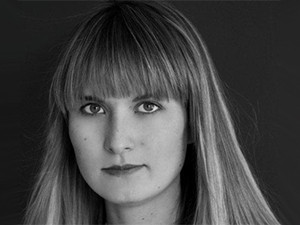
Globally, cash as a means of transaction, has been on the decline for decades.
In emerging markets such as SA, China, and India, more than 90% of payments are still cash-based.
This is according to Bronwyn Williams,trend amplifierat trend research and consulting company, Flux Trends,who says although SA is stillfar away from a completely cashless environment, there are signs that the country's transition to a cashless payments could happen very quickly.
"In SA we have seen the rise of mobile QR code app-based payment services, such as SnapScan, which has over 25 000 vendors locally, rolling out across formerly cash-based and informal trading environments, such as flea-markets and concerts," adds Williams. "We have also seen how quickly, thanks to our almost complete mobile penetration, blockchain technology, such as Bitcoin has taken off in SA across all strata of our economy."
However, first-world countries, she points out, are still leading the cashless transition.
"According to a Flux Trends research report, in the USA, Australia and UK, around half of all transactions today are non-cash, and the trend towards cashless markets is only accelerating. Nordic and Scandinavian countries are even further ahead, as they currently rely on cash for less than 6% of all payments made," she notes.
Banks across the world are forcing limits on the size and amount of cash transactions, adds Williams. Spain, has had a EUR2 500 limit on cash transactions since 2012, while in France, the cash transaction limit is EUR1 000. Zimbabwe, in May 2016, imposed a limit on cash withdrawals and transfers of cash outside the country to $1 000, she asserts.
Michael Bowren, CEO and co-founder of www.fincheck.co.za, says in SA there is significant growth for fin-tech start-ups that are offering alternative ways to accept cashless payments.
"We see this growth by the number of service providers such as Yoco, SnapScan and Ikhokha, the scale and rate of successful fin tech start-ups has immense potential to grow further in SA. A cashless economy can help bridge the inequality gap in SA," he points out.
In order to bridge this divide, Bowren says SA can learn from the Indian government's moves to bank its unbanked population and increase smartphone access to disadvantaged communities.
"India identified where its immediate potential cashless market lies. By identifying populations with high potential to 'go cashless', and by subsidising smartphones, financial inclusion of the poor is key to poverty alleviation and critical to its success is financial literacy," he points out.
A report by Gartner says by 2018, 50% of consumers in mature markets will use smartphones or wearables for mobile payments.
"Innovation in apps, mobile devices and mobile services are impacting traditional business models, particularly in the way people use personal technology for productivity and pleasure," says Amanda Sabia, principal research analyst at Gartner. "Product managers must understand who their customers are for these new devices and services, and how the products are being used. Knowing your customer is imperative in order to capture a fair share of spending opportunities in this dynamic marketplace."
Share